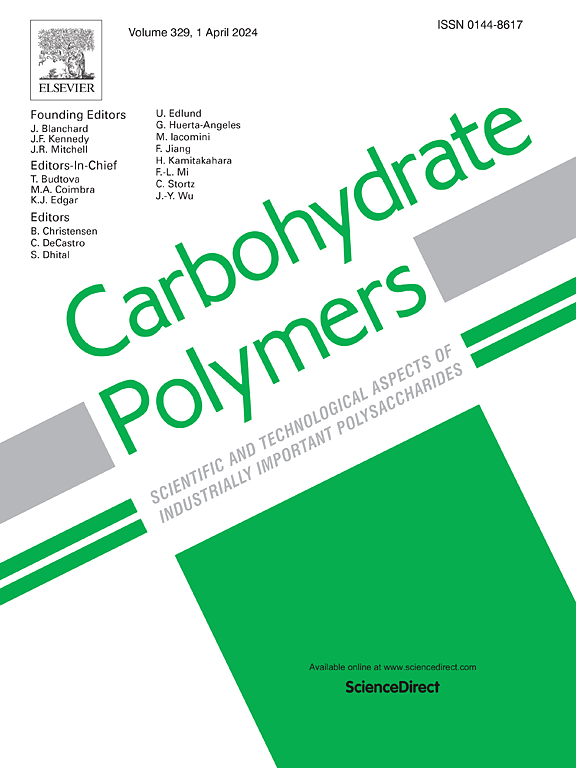Rationally designed chemoenzymatic synthesis of heparan sulfate oligosaccharides with neutralizable anticoagulant activity and low severe complications
IF 10.7
1区 化学
Q1 CHEMISTRY, APPLIED
引用次数: 0
Abstract
The identification of enzymes involved in biosynthesis of heparan sulfate (HS) and heparin and their successful application in chemoenzymatic synthesis have provided great impetus to rationally design well-defined oligosaccharides as ideal alternatives to animal-derived heterogeneous heparin anticoagulants clinically to treat clotting disorders. Herein, we revisited the substrate specificity of recombinant 2-O-sulfotransferases produced in different expression systems for the highly efficient chemoenzymatic synthesis of HS oligosaccharides containing the rare 2-O-sulfated GlcA (GlcA2S) residues, followed by further assembly into the highly sulfated HS dodecasaccharide (12-mer) and decasaccharide (10-mer) containing the antithrombin-binding domain and the trisulfated disaccharide (GlcA2S-GlcNS6S) units rarely found in natural heparin. The GlcA2S-containing HS 10-mer demonstrated both the effectively reversible anticoagulant activity similar to that of unfractionated heparin and the lower potential risk for life-threatening heparin-induced thrombocytopenia compared with enoxaparin, indicating its promising prospect as the next-generation HS/heparin-like anticoagulant therapeutics.

求助全文
约1分钟内获得全文
求助全文
来源期刊

Carbohydrate Polymers
化学-高分子科学
CiteScore
22.40
自引率
8.00%
发文量
1286
审稿时长
47 days
期刊介绍:
Carbohydrate Polymers stands as a prominent journal in the glycoscience field, dedicated to exploring and harnessing the potential of polysaccharides with applications spanning bioenergy, bioplastics, biomaterials, biorefining, chemistry, drug delivery, food, health, nanotechnology, packaging, paper, pharmaceuticals, medicine, oil recovery, textiles, tissue engineering, wood, and various aspects of glycoscience.
The journal emphasizes the central role of well-characterized carbohydrate polymers, highlighting their significance as the primary focus rather than a peripheral topic. Each paper must prominently feature at least one named carbohydrate polymer, evident in both citation and title, with a commitment to innovative research that advances scientific knowledge.
 求助内容:
求助内容: 应助结果提醒方式:
应助结果提醒方式:


